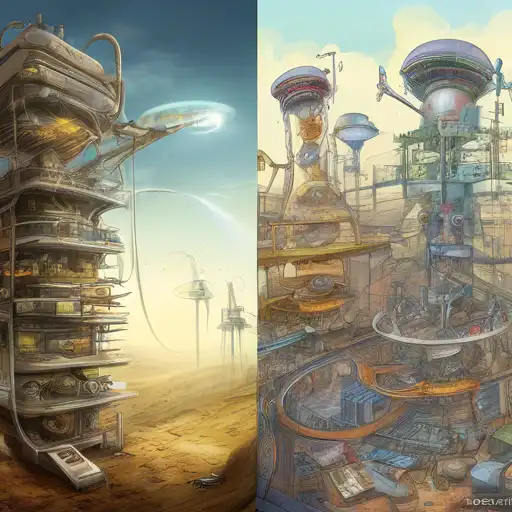Introduction to Software Development Methodologies
In the fast-evolving world of technology, selecting the right software development methodology is crucial for the success of any project. This guide compares the most popular methodologies, helping you understand their strengths, weaknesses, and best use cases.
Waterfall Methodology
The Waterfall model is one of the oldest and most straightforward methodologies. It follows a linear and sequential approach, where each phase must be completed before the next begins. This makes it easy to understand and manage but lacks flexibility for changes once the project has started.
Agile Methodology
Agile is a flexible and iterative approach that focuses on customer satisfaction through early and continuous delivery of valuable software. It encourages adaptive planning, evolutionary development, and promotes a collaborative work environment. Agile is best suited for projects with uncertain or changing requirements.
DevOps Methodology
DevOps is not just a methodology but a culture that emphasizes collaboration between development and operations teams. It aims to shorten the development lifecycle while delivering features, fixes, and updates frequently in close alignment with business objectives. DevOps is ideal for projects requiring high deployment frequency.
Scrum Framework
Scrum is a subset of Agile that focuses on managing tasks within a team-based development environment. It is characterized by short sprints, daily stand-up meetings, and a focus on delivering a potentially shippable product increment at the end of each sprint. Scrum is perfect for teams looking to improve productivity and adaptability.
Choosing the Right Methodology
Selecting the right software development methodology depends on various factors, including project size, team size, customer involvement, and flexibility requirements. For instance, Waterfall might be suitable for projects with well-defined requirements, while Agile or Scrum could be better for projects requiring frequent updates.
Comparative Analysis
- Flexibility: Agile and Scrum offer more flexibility compared to Waterfall.
- Customer Involvement: Agile methodologies encourage continuous customer feedback, unlike Waterfall.
- Project Delivery: DevOps focuses on continuous delivery, making it faster than traditional methods.
Conclusion
Understanding the differences between these software development methodologies is essential for choosing the right approach for your project. Whether you prioritize flexibility, speed, or predictability, there's a methodology that fits your needs. For more insights into optimizing your development process, explore our guide on optimizing software development.
